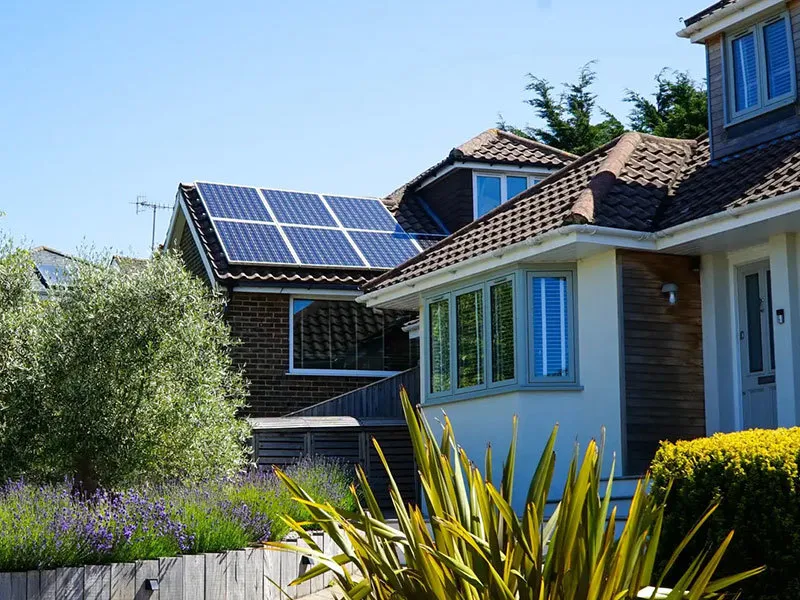Innovative Developments in Lightweight and Bendable Solar Cell Technology
The Future of Energy Embracing Flexible Solar Cells
In an era where renewable energy is paramount to combating climate change and promoting sustainable living, flexible solar cells have emerged as a game-changing technology. This innovative approach to solar energy generation promises not only to enhance the efficiency of solar panels but also to expand their applications in diverse environments. As the demand for clean energy continues to rise, flexible solar cells stand out as a transformative solution with the potential to reshape our interaction with solar energy.
What Are Flexible Solar Cells?
Flexible solar cells are photovoltaic devices that can be bent, rolled, or flexed while maintaining their energy-generating capabilities. Unlike traditional solar panels, which are rigid and often bulky, flexible solar cells are made from lightweight materials such as organic photovoltaic materials, polycrystalline silicon, or thin-film technologies. This versatility allows them to be integrated into unconventional surfaces, making solar energy accessible in previously unreachable areas.
Advantages of Flexible Solar Cells
1. Versatility in Design Flexible solar cells can be manufactured in various shapes and sizes, adapting easily to different surfaces. This adaptability enables their integration into building materials, clothing, vehicles, and even portable devices. Imagine a jacket that can charge your phone while you are on the move or a car that utilizes its exterior to harness solar energy. The possibilities are vast and exciting.
2. Lightweight and Thin One of the standout features of flexible solar cells is their weight. Traditional solar panels can be cumbersome, which limits their application, especially in portable or temporary installations. Flexible solar cells, being lightweight, can be deployed in a wide range of settings, from rooftops to camping gear, without adding significant weight.
3. Higher Efficiency in Various Conditions While traditional solar panels are typically best suited for direct sunlight, flexible solar cells can perform better under varied conditions, including partial shade and diverse angles of sunlight. This increased adaptability means they can generate energy more consistently across different environments and times of day.
4. Cost-Effectiveness The production of flexible solar cells can be less expensive than traditional photovoltaic technologies. Their manufacturing processes often require less energy and material, which can lead to reduced costs for consumers. As production scales and technology continues to improve, the hope is that these savings will make solar energy even more accessible to a broader audience.
flexible solar cells

Challenges Ahead
Despite their promising potential, flexible solar cells face several challenges that must be addressed before they can be widely adopted. One notable issue is durability; many flexible solar cells are more susceptible to wear and tear than their rigid counterparts. Ensuring that these cells can withstand environmental factors such as wind, rain, and temperature fluctuations is essential for long-term viability.
Additionally, the efficiency of flexible solar cells currently lags behind traditional silicon-based solar cells. While research is ongoing, advancements in materials science and engineering are necessary to enhance the energy conversion efficiency to a level that can compete with more established technologies.
The Road to Adoption
To revolutionize the solar energy market, collaboration between researchers, manufacturers, and policymakers is crucial. Increased investment in research and development can pave the way for breakthroughs that enhance efficiency and durability. Furthermore, creating incentives for adopting flexible solar technologies can spur interest from consumers and businesses alike.
Public awareness campaigns emphasizing the benefits of flexible solar cells can also play a role in promoting their adoption. As more individuals and organizations recognize the advantages, from increased energy independence to reduced environmental impact, the market demand for flexible solar solutions is likely to grow.
Conclusion
Flexible solar cells signify a crucial advancement in the quest for sustainable energy solutions. By combining versatility, lightweight materials, and adaptability, they hold the potential to expand solar energy applications beyond traditional boundaries. While challenges remain, ongoing research and innovation will be key to overcoming these hurdles. As we move towards a future powered by renewable energy, embracing flexible solar cells may very well become an integral part of the global energy landscape, offering a beacon of hope in the fight against climate change.
-
Understanding the Advantages of Solar String Inverters for Your Energy SystemNewsApr.29,2025
-
Choosing the Right PV Inverter: A Comprehensive GuideNewsApr.29,2025
-
The Future of Solar Power: Exploring Bifacial Solar PanelsNewsApr.29,2025
-
The Complete Guide to Solar Panels: Efficiency, Cost, And InstallationNewsApr.29,2025
-
The Best Options for Efficiency and Cost-EffectivenessNewsApr.29,2025
-
Harnessing the Power of Off-Grid Solar Inverters for Energy IndependenceNewsApr.29,2025







